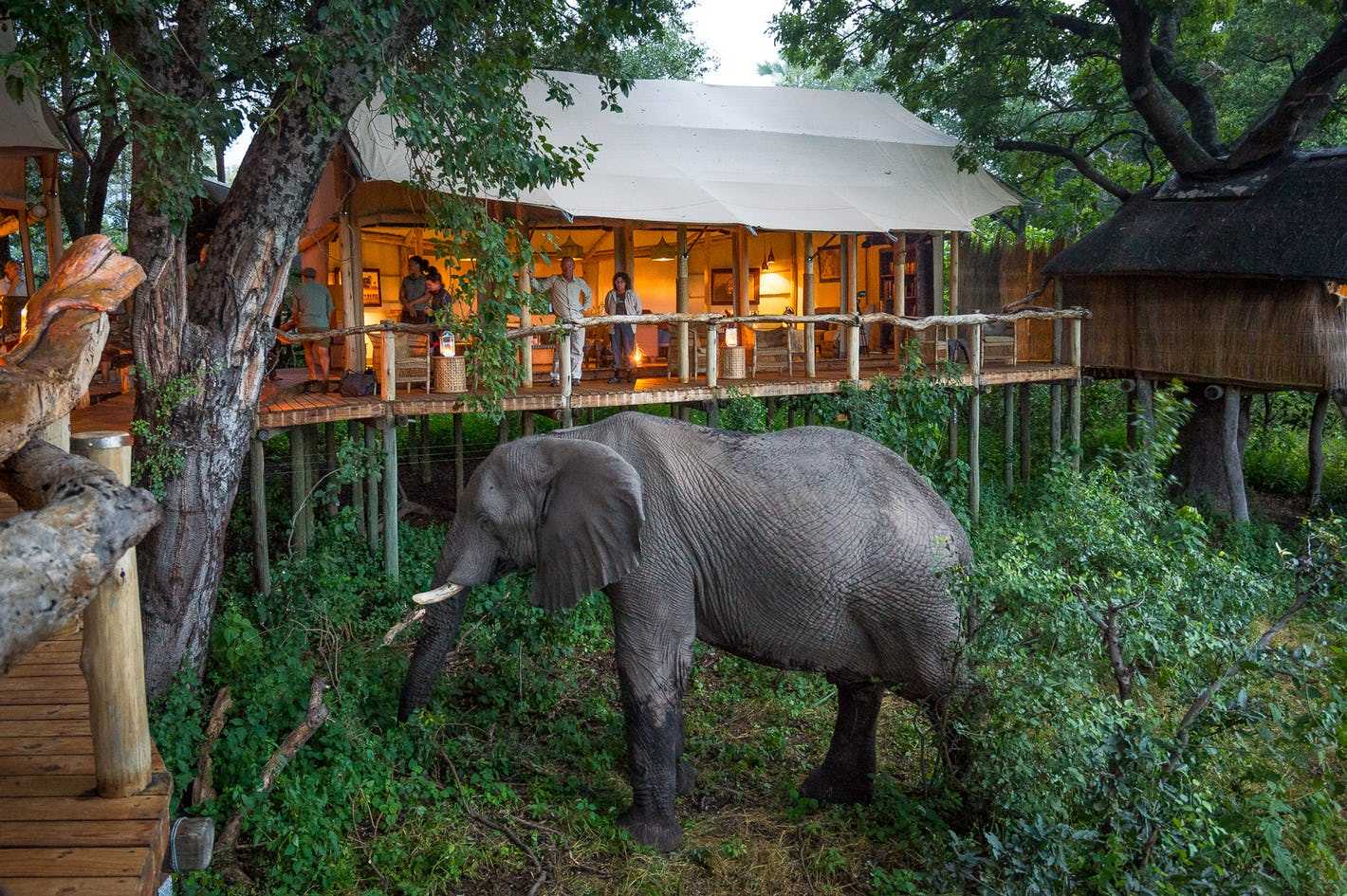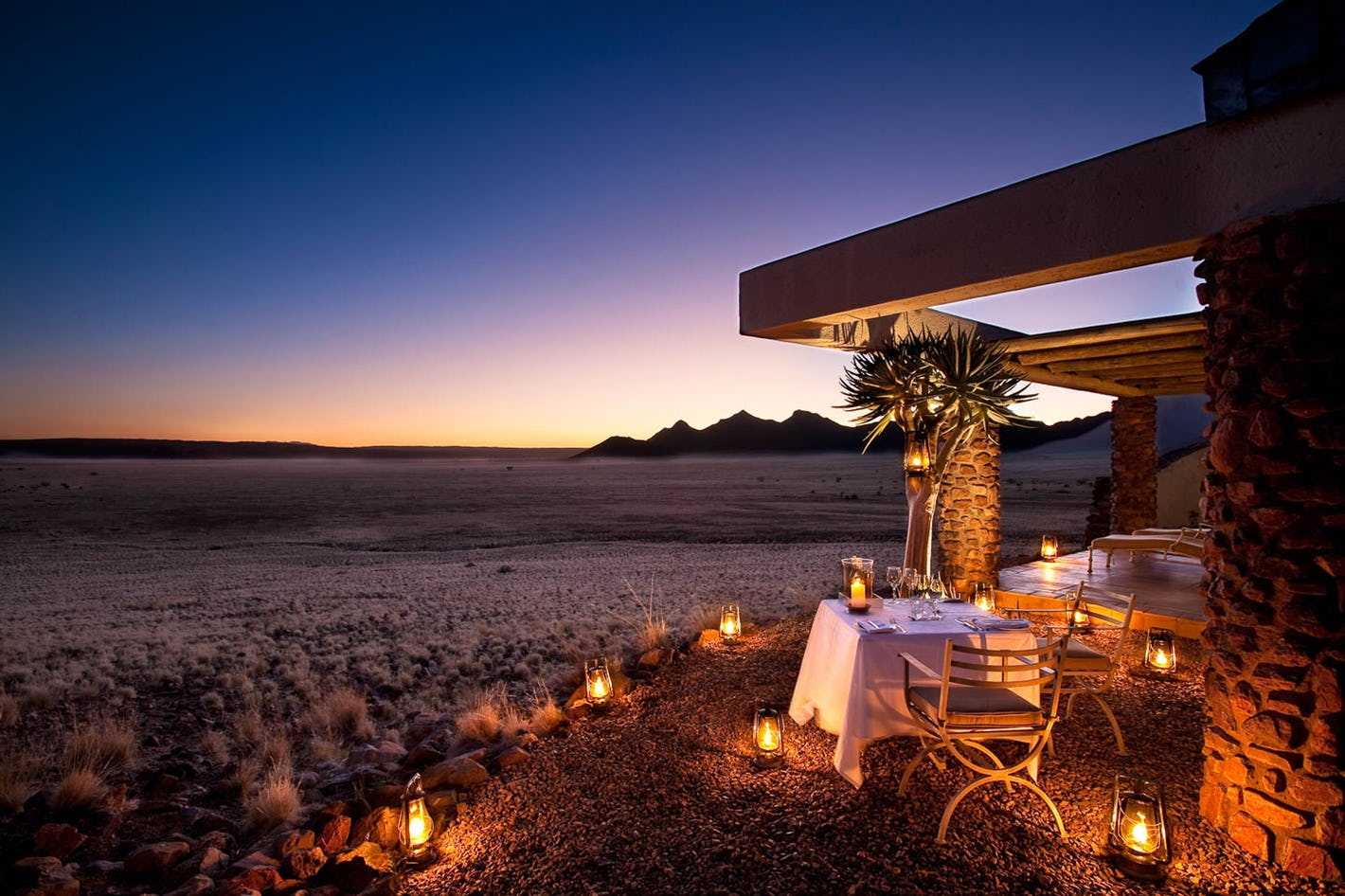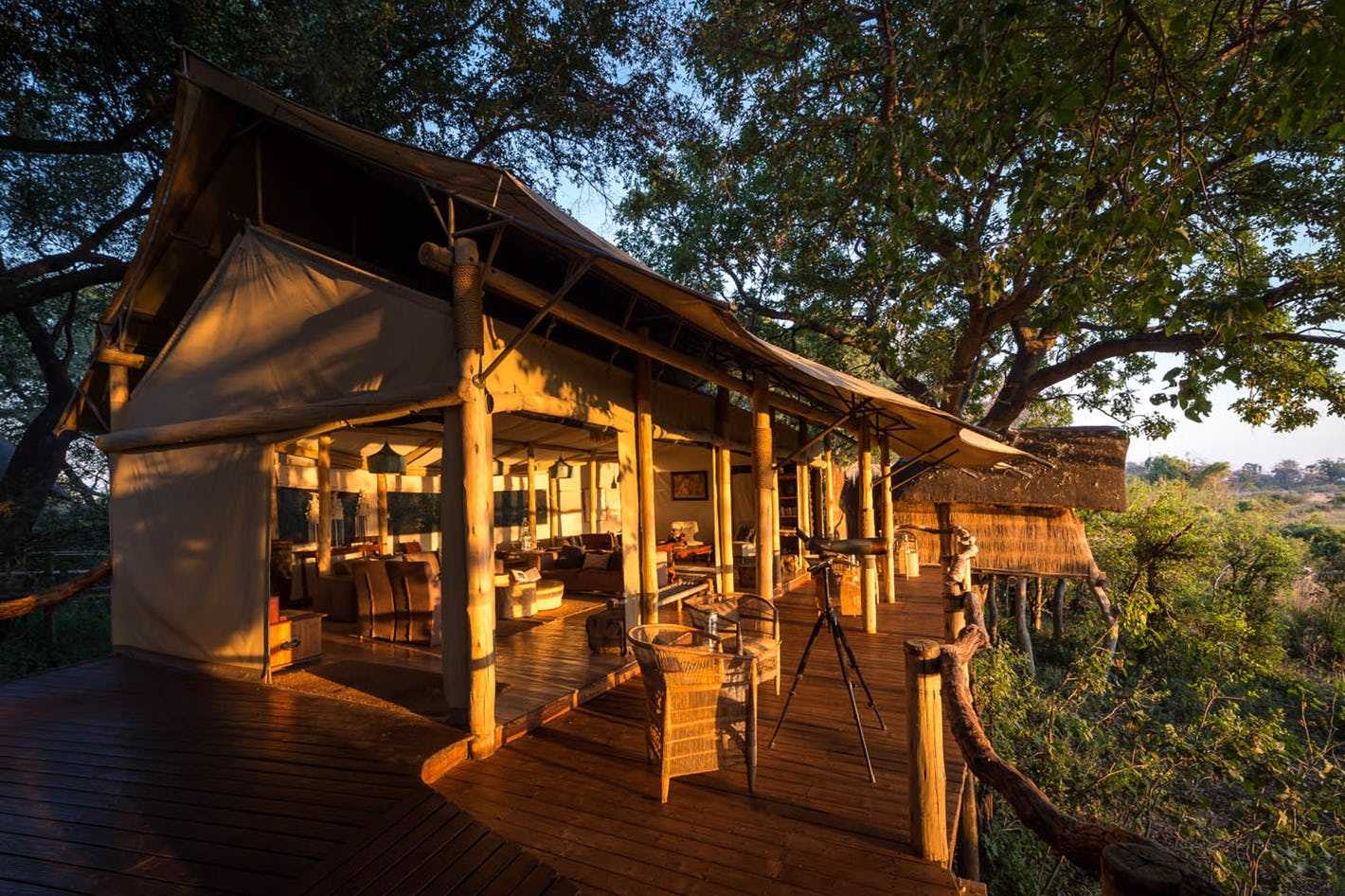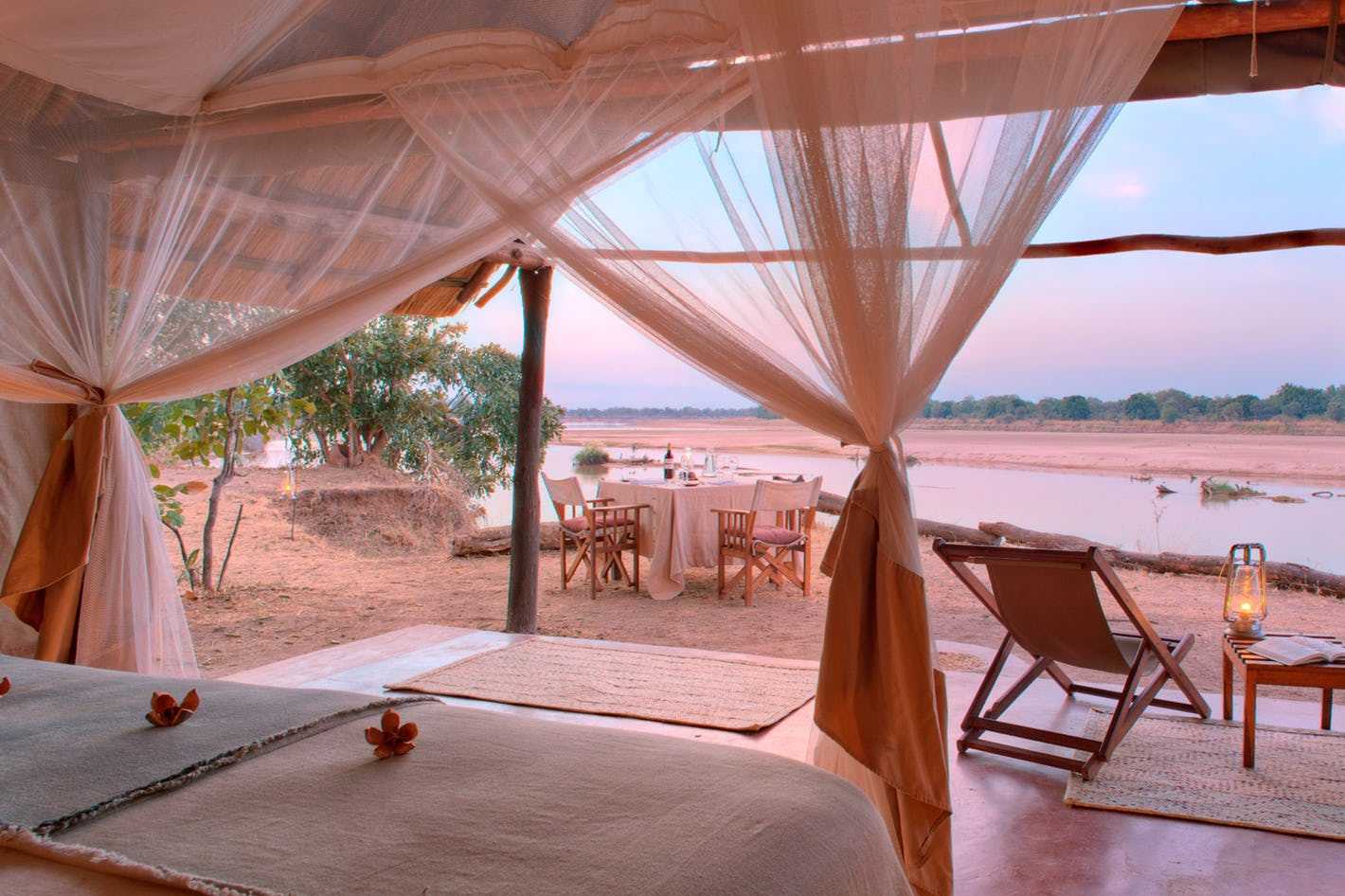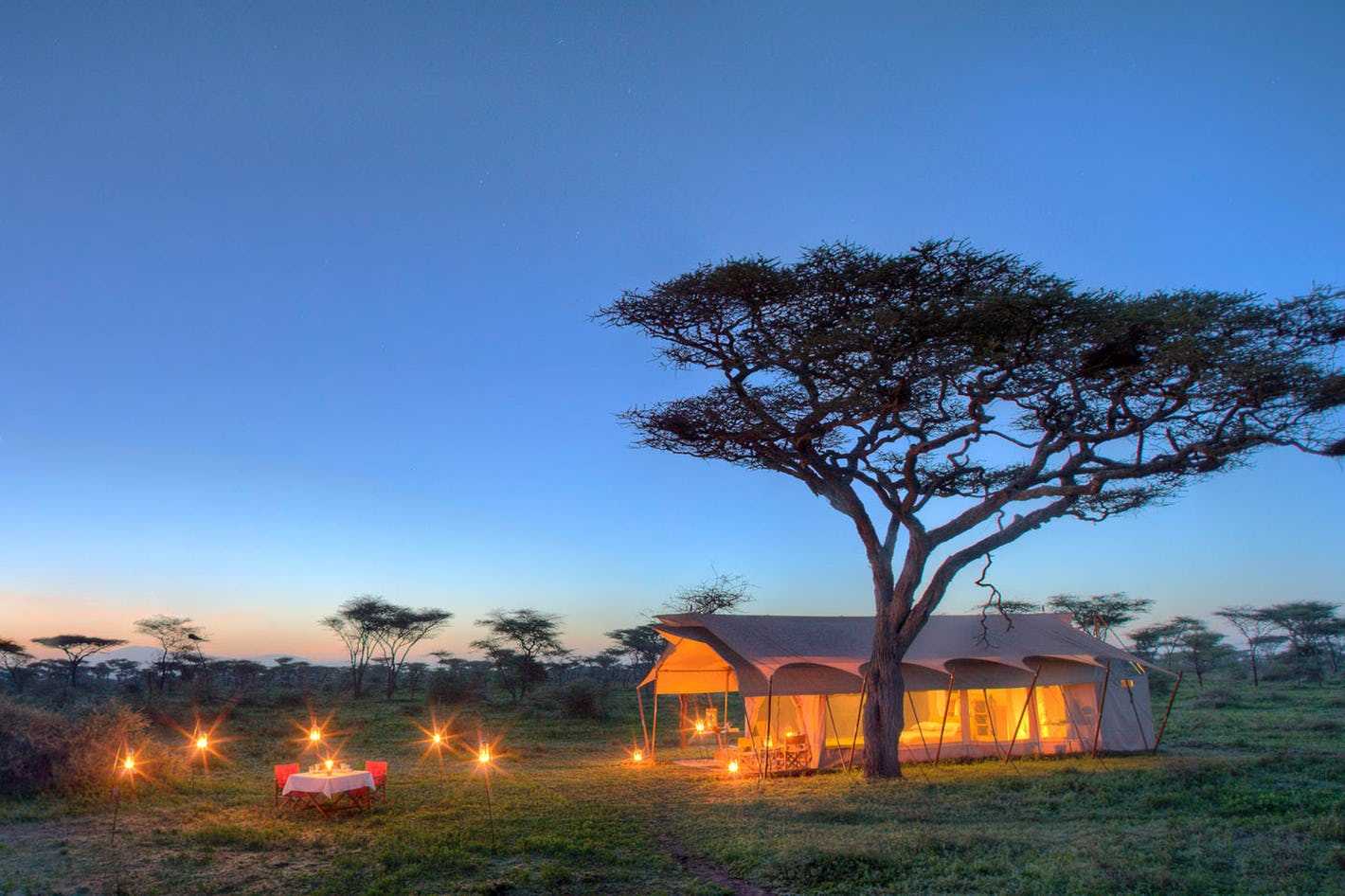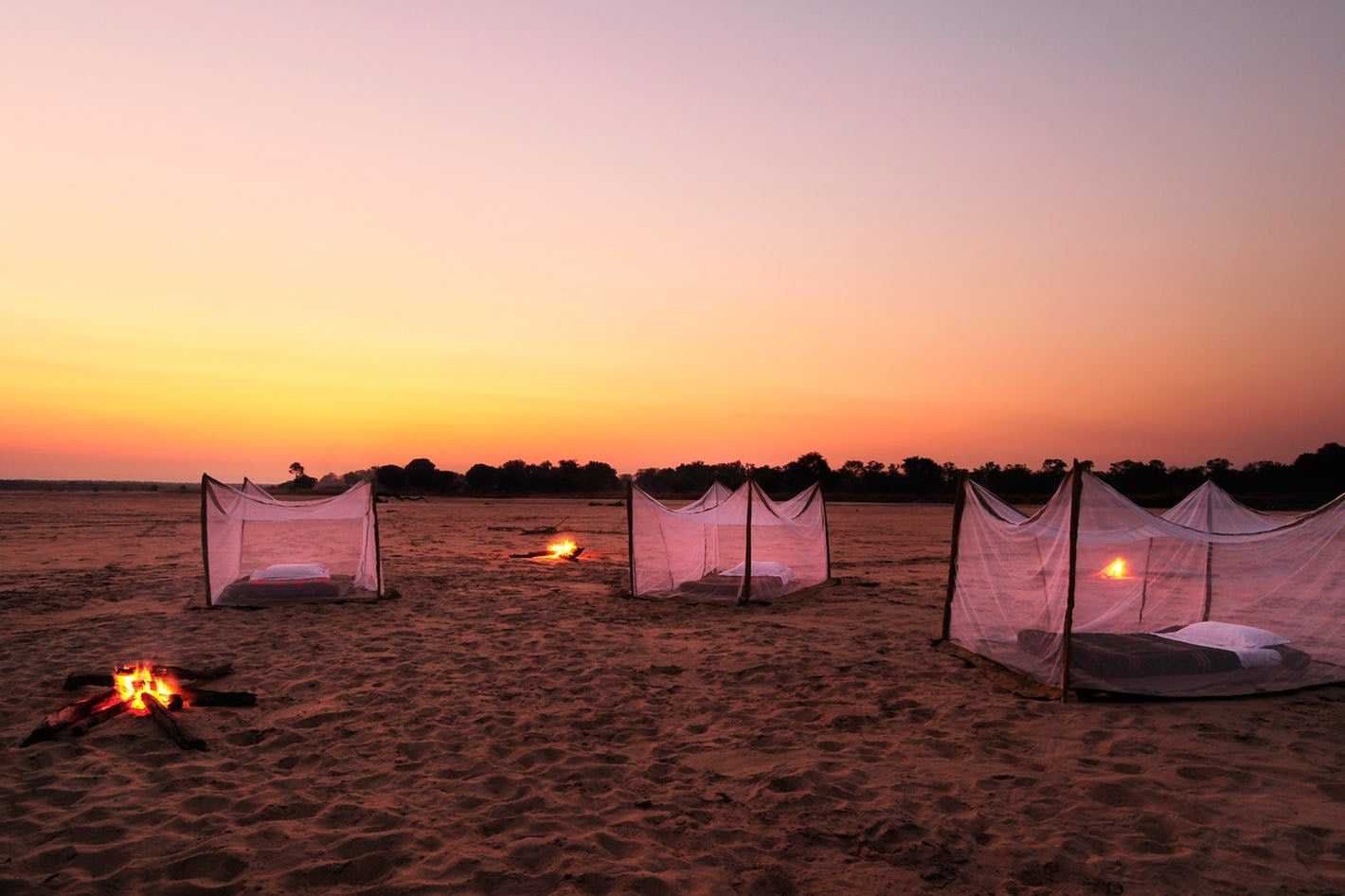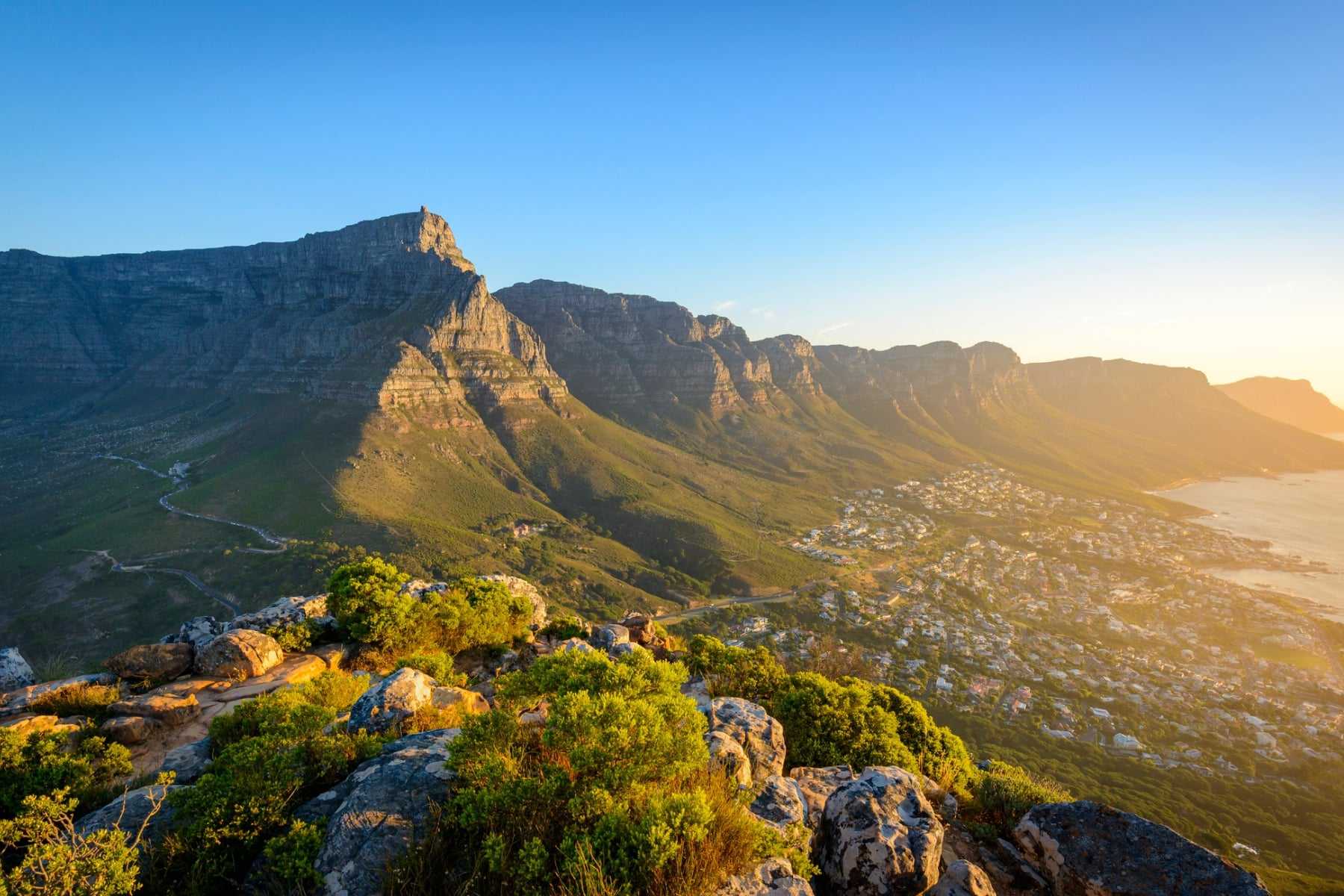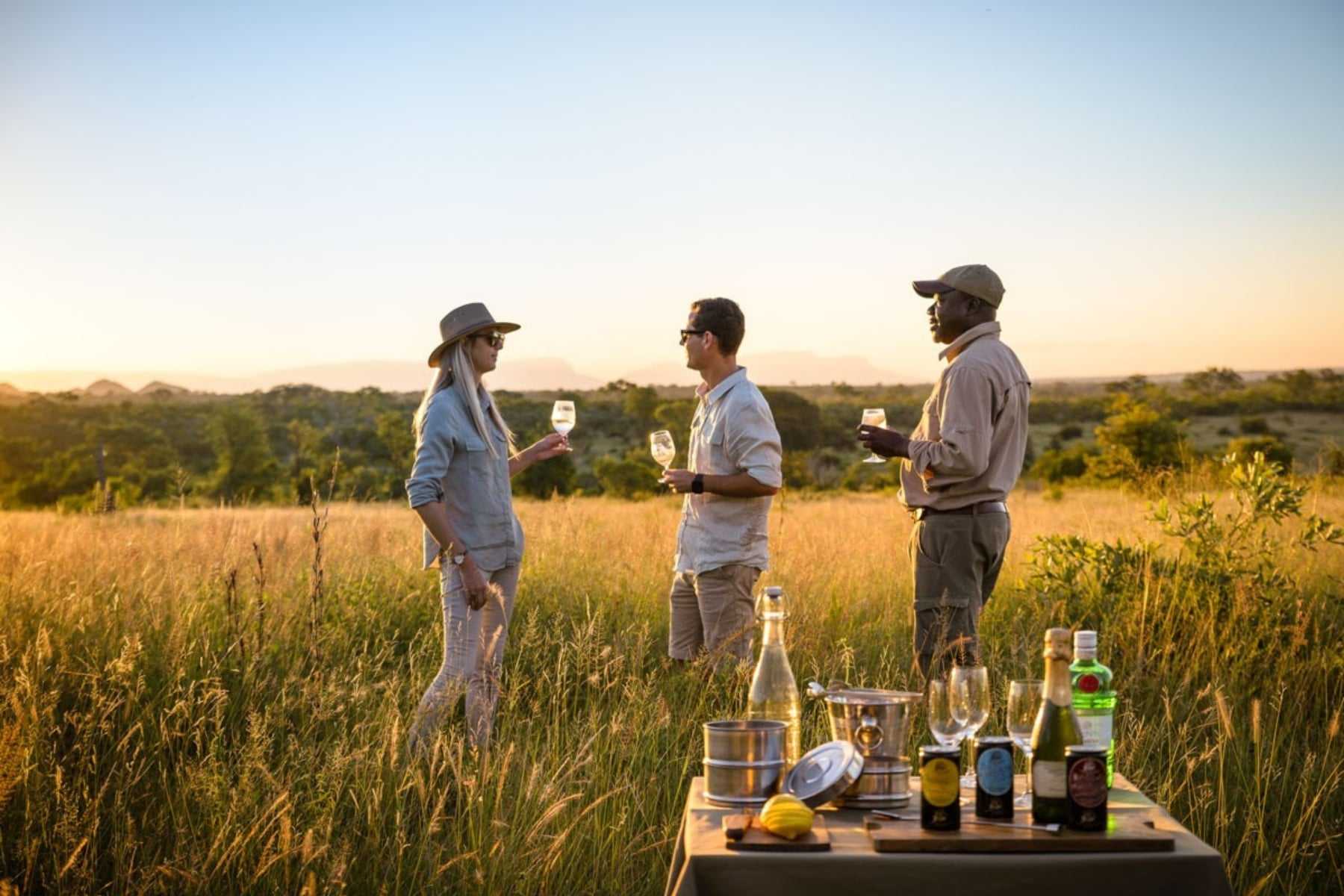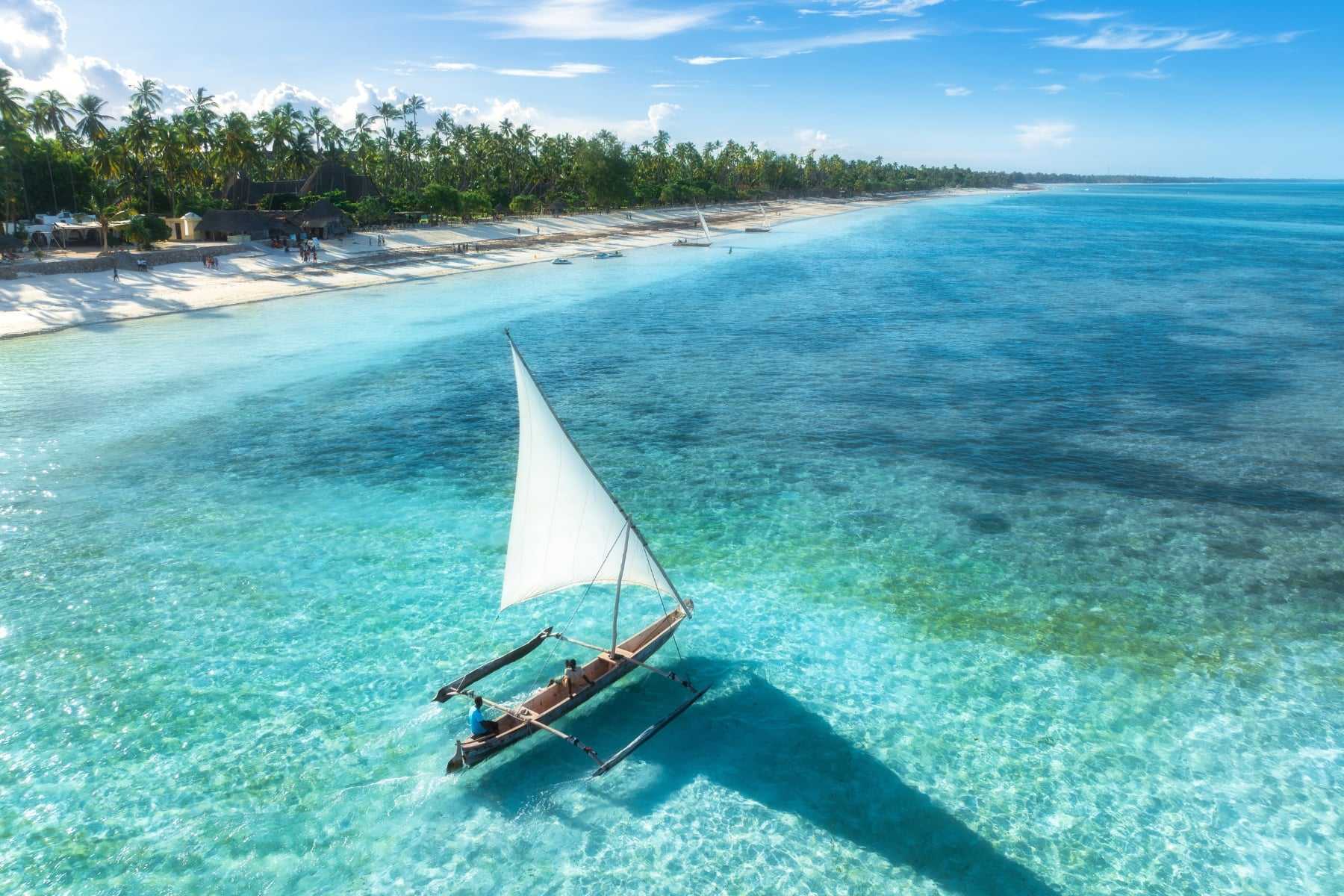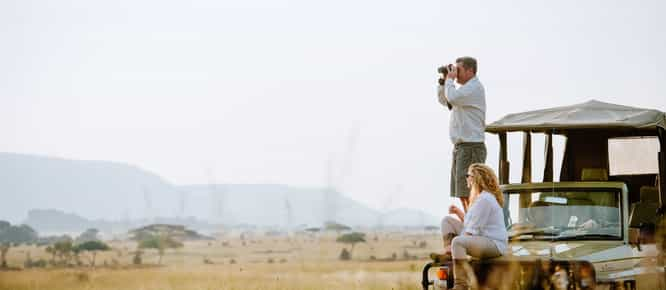Different types of accommodation on safari
Delve into planning a safari and you might find that you’re faced with more than a few types of accommodation. From bush camps to lodges, chalets to tents, there’s plenty to choose from and each has its own subtle differences, quirks and distinctions. What we will say, however, is that types of accommodation that are given the same name can still differ from one country to another. Zambia, for example, is famous for its intimate, grass-walled bush camps and they are superbly chic, in the best, safari kind of way. A bush camp in Tanzania, however, will usually be tented and probably a touch more simple in style. But have a read of this guide and we can almost guarantee that you’ll be in the best position to choose the right accommodation for you – and have a fabulous safari whilst you’re at it.
Lodge
The Granddaddy of types of accommodation in the bush, a lodge is usually a large, solid structure made from stone, bricks, timber and thatch, but one that still blends in beautifully with the surrounding landscape. Lodges tend to have plenty of added extras – think swimming pools, separate bar and restaurant areas, fire pits, bomas, libraries, and even gyms and spas in some cases. The bedrooms will be built in the same solid materials and the bathrooms without exception will have hot water on tap, running showers and flushing loos. But don’t make the mistake of thinking all are ultra-luxurious; they are certainly ‘solid’ (which for some might be a luxury!), but they can still be basic in terms of service and style. What we will say though is that lodges are a great option for those that are a tad nervous of sleeping in the bush, or first time safari-goers – with four solid walls around you, there’s nothing to worry about!
If a lodge sounds like your cup of tea, have a look at Mwiba Lodge on the border of the Serengeti National Park in Tanzania, Kyambura Gorge Lodge in Uganda’s Queen Elizabeth National Park, or Sossusvlei Desert Lodge in the dunes of Namibia. South Africa also has some fantastic lodges and one of our very favourites is the all-round superstar Dulini Lodge in the Kruger’s Sabi Sand Reserve.
Permanent camp
When classifying types of accommodation on safari, a camp is one step down the ladder from a lodge. Camps will often be tented – either full canvas tents or structures with canvas walls and a solid roof and floor for example – and generally with fewer rooms than a lodge. If thinking of tents brings back memories of school camping, mosquito-ravaged ankles and all, then think again; these tents are amazing, walk-in numbers with sturdy furniture and elaborate lighting inside and large decks or verandas and comfy seating areas outside. As for communal areas, there will almost certainly be a dining and lounge area at a camp, and often a bar, library and swimming pool too. If you’re looking for an accommodation option with all the mod cons of a lodge but a little more intimate, then a camp will suit you down to the ground.
In Kenya’s Masai Mara, we rather like Mara Naboisho, a stylish, thatch-and-canvas number in the private Mara Naboisho Conservancy or a classic favourite, Little Governor’s in the heart of the Mara Reserve. In the Okavango Delta, try Little Machaba for a classic camp experience or Tubu Tree Camp.
Bush camp
The little sister of the camp, a bush camp is exactly that – a teeny, tiny version of a camp. Almost always tented (with the exception of Zambia, where the trend veers towards grass-and-reed chalets) and usually with a very small number of rooms, bush camps are incredibly private and designed to give you a real, return-to-the wild experience. Most are built in remote areas that may be inaccessible for part of the year; at this time, the bush camp will usually be broken down and then rebuilt for the start of the next season. Facilities-wise, they can vary from one country to the next but you can usually expect open-air bathrooms (complete with showers, bucket or running, and flushing loos), large, super-comfy beds and plenty of little extras in the main area. If being completely surrounded by the wilderness and showering under the stars is your idea of luxury, then you can’t get much better than a bush camp.
Zambia is home to some of the best small bush camps in the world and a few of our most-loved include Luwi and Kakuli, both in the South Luangwa National Park. Elsewhere, we also rather like Kigelia in Tanzania’s Ruaha National Park and Little Ruckomechi in Mana Pools in Zimbabwe.
Mobile tented camps
Not to be confused with mobile walking camps (more on those later), mobile tented camps are types of accommodation usually set up for a specific event and that remain up for a relatively long period of time before moving to a new location. The camps that follow the Great Migration in the Serengeti are the best examples of mobile tented camps and they move from the north to the south, and sometimes to the east and west, following the wildebeest across the national park. All tents, main and guest, are canvas so they can be easily taken down and transported but you’ll be surprised at the beautiful furnishings – lots of enormous, squashy sofas, robust wooden tables and solid beds – and the facilities – most have buckets showers with flushing loos.
If you’re thinking of checking out the Great Migration in the Serengeti, we highly recommend a mobile tented camp to really get up close and personal with the wildebeest; or try &Beyond’s Serengeti Under Canvas which has tents rumoured to be the largest in Tanzania!
Mobile walking camps or fly camps
Not dissimilar to a mobile tented camp, a mobile walking camp is set up as part of an expedition for a short length of time, most often two or three nights. There’s no denying that fly camps are on the simpler side of the types of accommodation you’ll find on safari, but that’s all part of the charm. Think walk-in, no-frills tents, modest beds (usually raised off the floor) and private bucket showers in the bedroom tents. If there is a main area, it will probably be a canvas shade tent with cushions, colourful rugs and camp chairs, but very often there isn’t one and meals are enjoyed around the camp fire or in the bush. In some fly camps, there isn’t even a tent on offer and instead, you’ll sleep on a bed roll under a mosquito net. These camps are usually part of ‘sleep-out’ expeditions in some of the most remote and spectacular areas of the continent and the experience of being totally immersed in nature is dreamy.
Botswana is probably most famous for its mobile walking camps and Footsteps Across the Delta is a great option for anyone looking for a rugged experience. In Zambia, have a look at the Return to the Wild fly camp in the South Luangwa.
